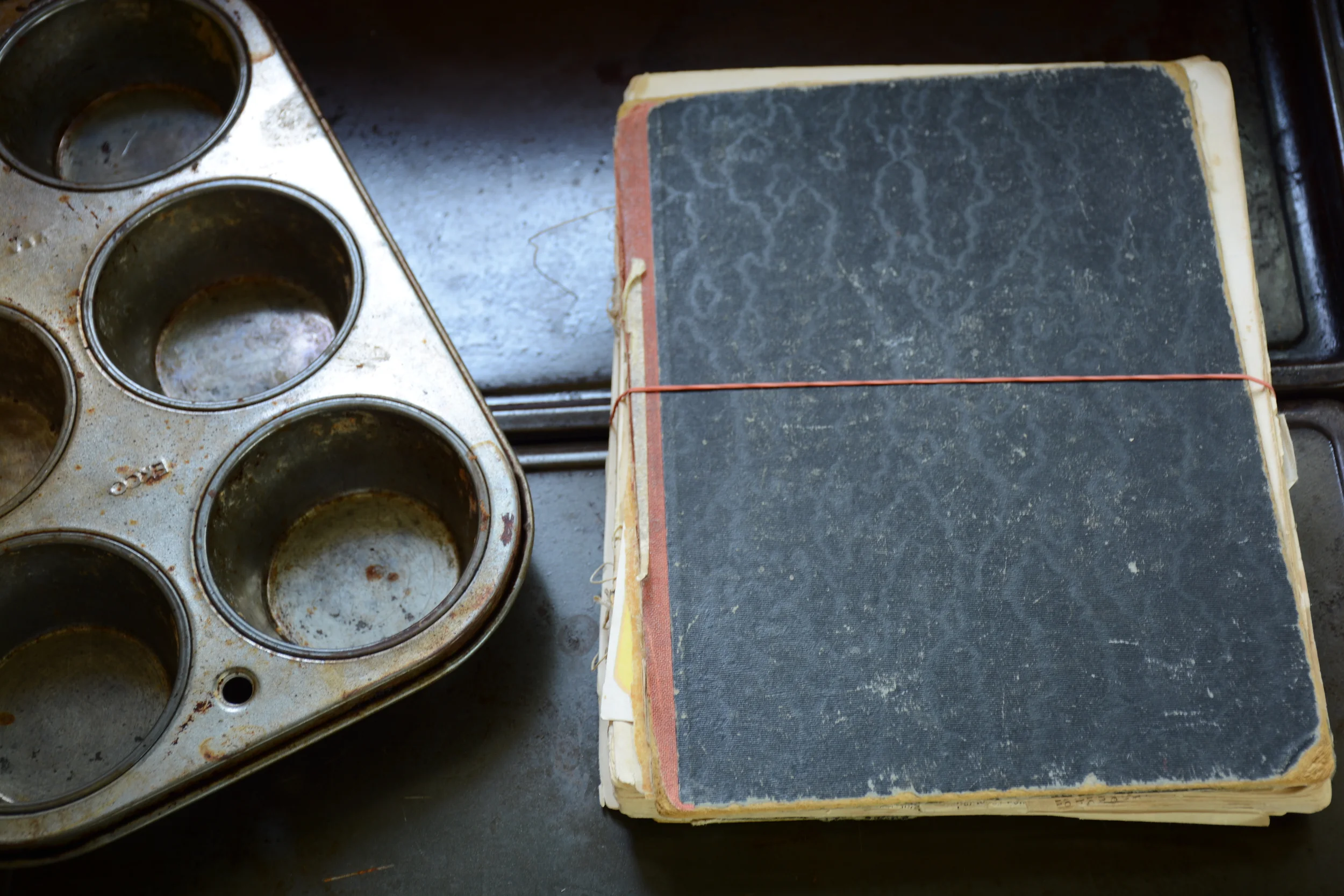A morning at Sheldon Creek Dairy
/I love dairy products. There I said it. I am so thankful I am not lactose intolerant because I am not sure what I would do without milk, cheese and yogourt in my life. So you can imagine my delight when I was doing a sampling one day at Roast and at the table next to me Marianne from Sheldon Creek Dairy was sampling her delicious milk and yogourt. How could I resist when she asked me if I would like to taste their chocolate milk? And boy was I glad that I didn't. It tasted like the milk that used to get delivered to our door in glass bottles when I was a kid. Just one sip and it was like I was transported back in time.
A couple of weeks ago, friends of mine agreed to go on a little road trip with me to Loretto; home of Sheldon Creek Dairy. I was intrigued to learn more about this wonderful farm and the milk that they produce.
Marianne met us in their farm store and the tour started with some rubber boots and a hair net. ;) She showed us the area where the magic happens (where the milk gets pasteurized), to the bottle washing and filling stations and then my favourite part - we got to meet the cows.
I am almost certain that in a past life I was either a farmer or a veterinarian because I get downright giddy on a farm. When I visit my sister's farm in Alberta the first thing I want to do (after spending time with her, my brother in law and nephew of course ;) ) is to get outside and walk around the farm, check in on the barn cats and see the cows.
Marianne's family dairy farm has 50 cows who get to listen to music while they are being milked, they graze on crops grown right on the farm and each cow has a name and damn were they cute.
Sheldon Creek Dairy started making white milk and the reason their milk reminded me of the milk from my childhood is because it is not homogenized. This allows the cream to rise to the top and gives you that full bodied milk that tastes fresh from the farm.
Then they introduced their chocolate milk. Marianne explains that the chocolate milk took about 30 different recipes to get it right. They needed the chocolate and sugar to mix perfectly. So it took a lot of experimentation, ultimately deciding on raw cane sugar and dark chocolate versus milk chocolate. Once you try their dark chocolate milk you will be spoiled forever. It tastes like a fudgesicle in a glass ;). In addition to their white and chocolate milk, they seasonally have strawberry milk available and I have been told it flies off the shelves. I can't wait to give it a try.
Marianne said something while giving us our tour that really stuck with me "They want to be a part of the community, not just a product of the community." And you can tell this is true. As we were in the farm store concluding our visit, customers were coming through the door and not only was Marianne greeting them each by name, she generally had their purchase prepared for them before they even made it to the door. Talk about customer service!
But don't just take my word for it. On June 14th you can head up to their farm yourself for their annual day on the farm. You can take the tour, meet the cows and taste their delicious products first hand. The day on the farm goes from 10am - 4pm and the best part is that it is FREE. But be sure to bring a buck or two because you are not going to want to go home empty handed ;)

















































